Arrowroot tricolor: description, planting, care and reproduction
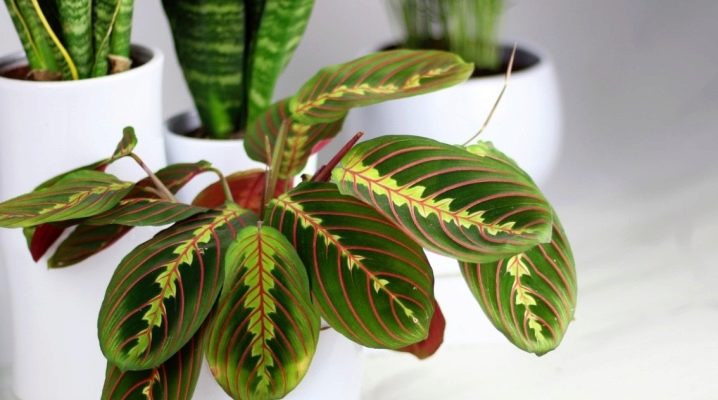
Today, at home, it is possible to grow a lot of exotic and tropical crops. These plants include a plant called Maranta tricolor, which stands out for its decorative effect and visual appeal.
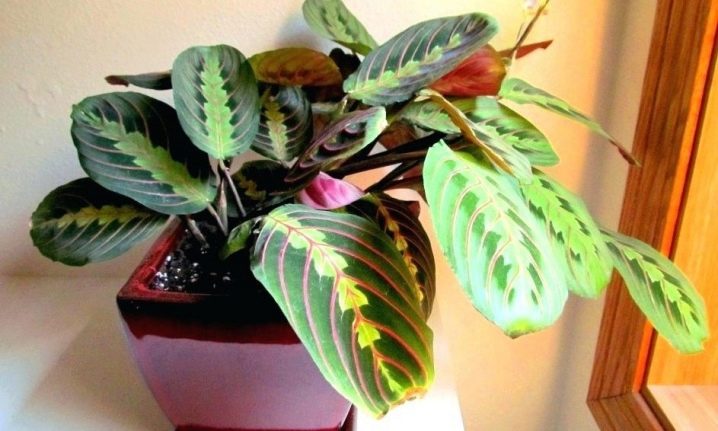
Description
Some growers refer to this culture as the mantra tricolor or fascinator. The plant belongs to the family of the same name. Arrowroot is a herb that is not very large. In its natural environment, the flower is found in the tropical rainforests of America. A feature of this plant is the ability of the leaves to change their position depending on the degree of illumination. This led to the emergence of another name for the culture among the people - "prayer plant". If the microclimate suits the arrowroot, the leaves will be located almost in a horizontal position.
A perennial stretches in length by 30-40 centimeters, its width will be approximately the same.
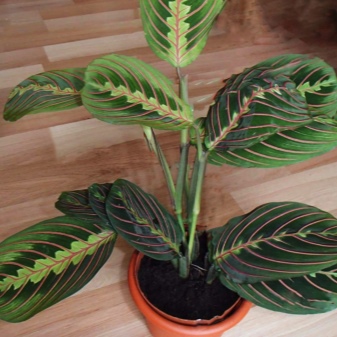
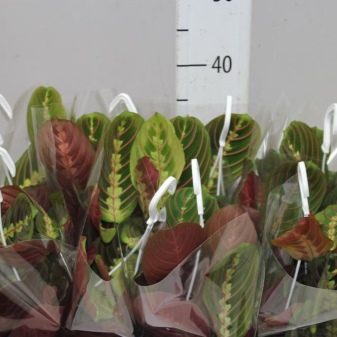
The foliage of the culture develops on small petioles, its color is rich green, towards the edges the color becomes slightly paler. The green mass of the culture also contains crimson veins with a beautiful pattern and light spots. On the reverse side, the foliage will have a lilac-purple hue. An adult perennial blooms with proper care. Spike inflorescences can be white or purple.
When buying a crop in a store, you should abandon specimens with highly developed vegetation or very young seedlings, since the old plant will live indoors for a relatively short time, when young immature flowers may not tolerate stress after changing the location and conditions.
Tricolor is recommended to be rooted in container-type containers in the light of the small size of the plants.

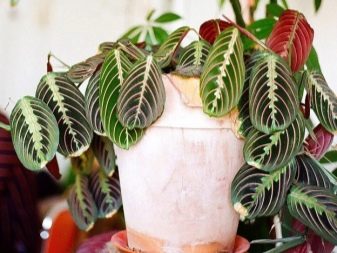
The rhizome has the shape of a tuber, so the culture is very often used to create decorative tropical compositions.
Landing
If the arrowroot is grown separately, then the perennial pot should be selected in a small size. Rooting with other tropical crops will require placing the plants in wide but shallow containers. A composition of several tropical bulbous crops should be rooted with respect to the distance between them for the free development of the root system. The bulbs must not come into contact with each other.
The roots of arrowroot do not grow deep into the soil, but they require room for further development.
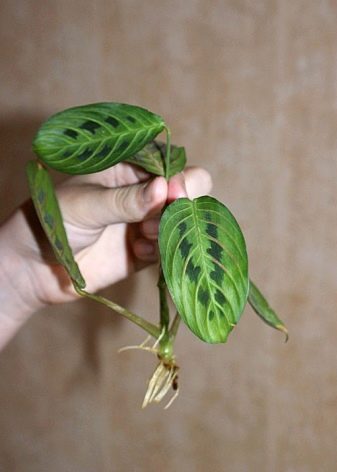
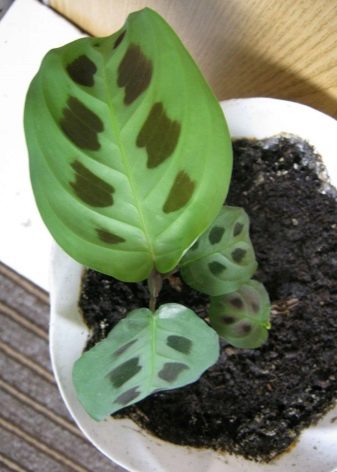
When planting in containers or pots, you should take care of the presence of drainage at the bottom. For these purposes, you can use small fraction pebbles, expanded clay or crushed stone. As for the composition of the soil, it is recommended to use a light soil with good aeration and weak acidity for a tropical perennial. The substrate can be purchased at the store; a universal soil is suitable for the tricolor arrowroot. Also, a florist can prepare it yourself.
The soil mixture will consist of the following components:
- humus - 2 parts;
- torus - 1 part;
- coniferous bark - 1 part.
Moss or charcoal can also be included as a beneficial addition. The last component can be replaced with calcined river sand.
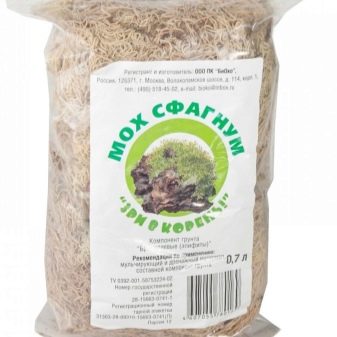

Home care
Arrowroot fascinator is very often grown at home due to its unpretentiousness in terms of care.However, in order to obtain a beautiful and healthy plant, the florist will still need to create a microclimate in the room that is close to the natural conditions in which the evergreen perennial grows.
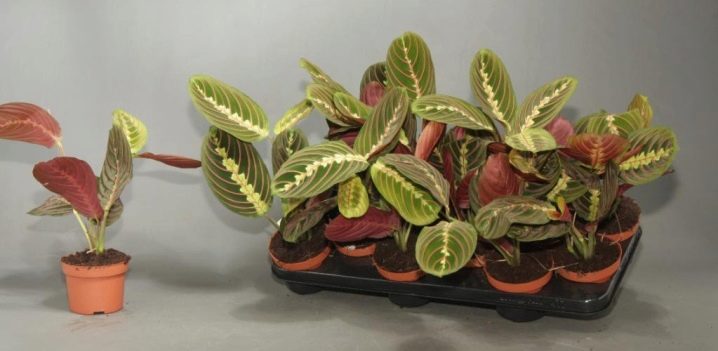
Temperature
The optimal temperature for an indoor flower will be indicators in the range from + 20C to +26 8 degrees in the summer months. In winter, during the dormant period, it is necessary to reduce the temperature to + 16-18 graus.
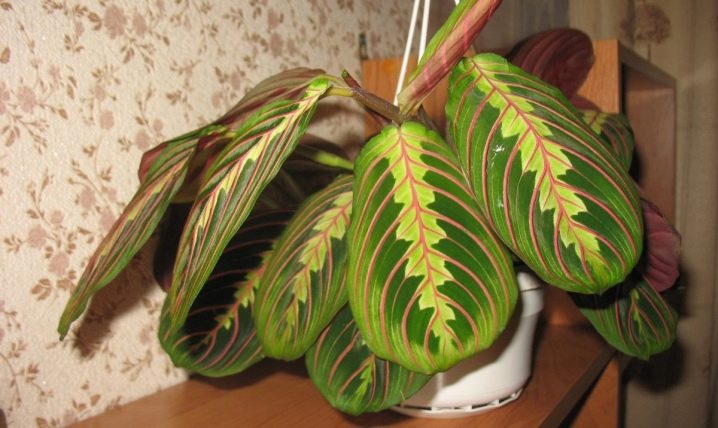
Lighting
In its natural environment, the culture prefers to develop in shaded areas of the forest under the crowns of large trees. As for the flower that will grow at home, it is best to place it on the windowsills on the east or north side. With too bright light and long daylight hours, arrowroot leaves may shrink, and their color will also suffer - it will become less bright. Some growers choose a place for the flower away from windows, minimizing the lack of light by using fluorescent lamps.
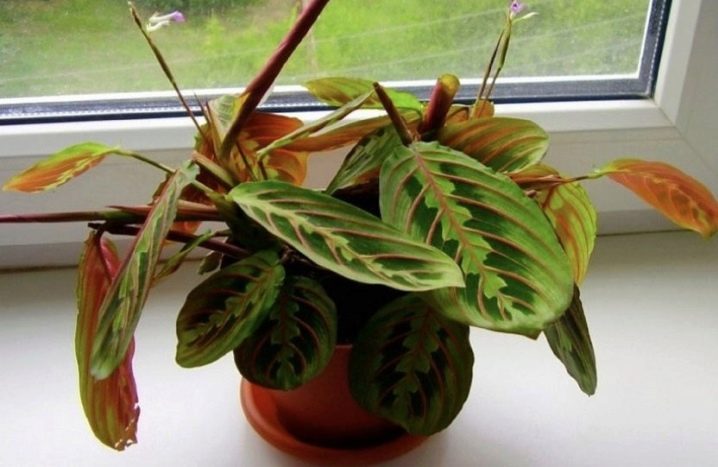
Moisturizing
A high level of moisture is important for the plant, so watering should be abundant and regular. For humidification, it will be most correct to use settled water at room temperature. In the summer months, watering is carried out daily or every other day, the soil must be constantly wet. In the winter months, watering the arrowroot tricolor is 3-4 times a week.
However, trying to provide the culture with good moisture, it is worth avoiding excessive waterlogging, due to which the rhizome of the flower may begin to rot.
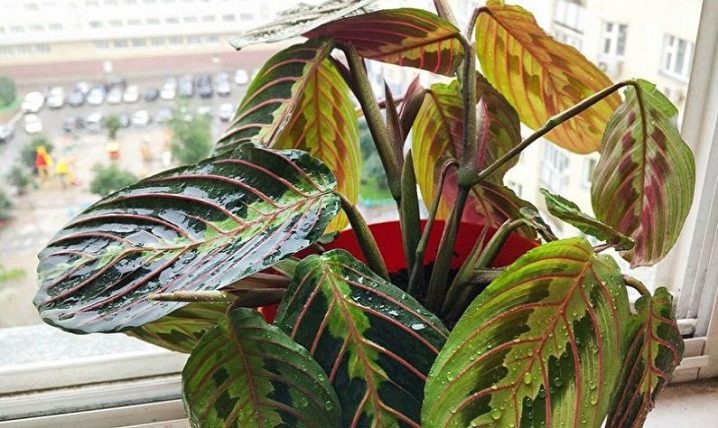
In the summer heat and during the heating season, the perennial will need to regularly spray or humidify the air around the crop. To maintain good humidity, you can put a flower pot in a tray or other large container with moistened expanded clay. Arrowroot leaves are recommended to be regularly wiped with a damp cloth, which will have a positive effect on the brightness of the color of the leaves.
Pruning
In light of the active growth of side shoots, the crop will need regular pruning. Such manipulations will improve the appearance of the plant, in addition, removing parts of the flower from the sides will provoke active growth of shoots in the center of the arrowroot, which will have a positive effect on the aesthetic perception of room culture.
These works should be carried out in the spring months, as well as as necessary with too active elongation of the shoots.
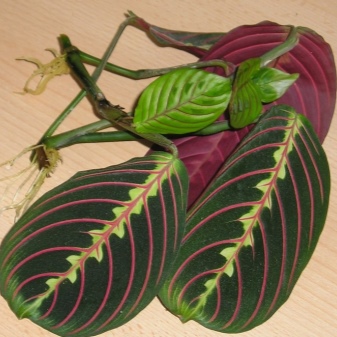

Transfer
The perennial must be rooted in new soil every year, increasing the volume of the pot or container, since young plants stand out at a rapid pace of growth. Upon reaching the age of three, the growth of the flower slows down, so it can be transplanted once every 2-3 years. Usually, work on rooting a culture in a new container is performed in the spring. Along with the transplant, the plant needs to cut off old leaves and shoots that have already dried up so that they do not interfere with the growth of young shoots.
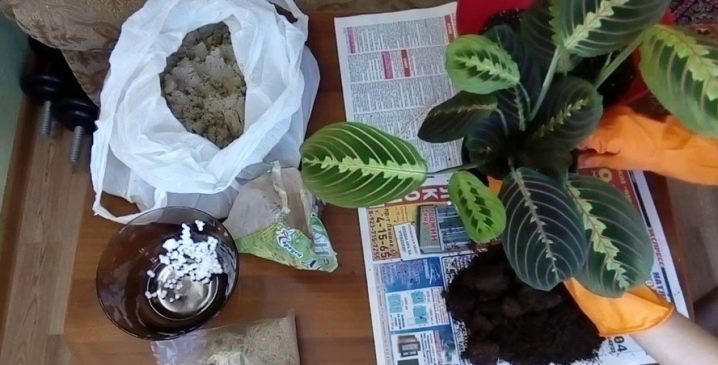
Top dressing
In summer, a perennial will require additional feeding in the form of mineral or organic complexes. You need to fertilize an indoor flower at least twice a month. When buying universal complexes for a plant, you should avoid nitrogen-containing compounds, since this component can negatively affect the color of the green mass. From October to February, the culture enters a dormant phase, at which time it is necessary to reduce watering, and also to avoid lowering the air temperature in the room.
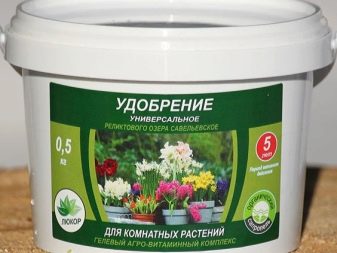
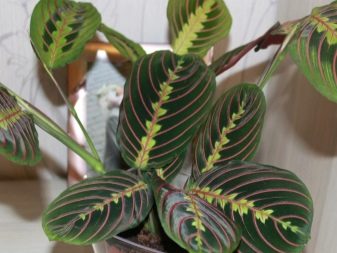
Reproduction methods
The culture can be propagated by the following methods:
By dividing the mother bush
Depending on the size of the plant, the number of parts is selected into which the grower will be able to divide the arrowroot. It is important that each separated part has roots and a couple of sheets. Plants are rooted in containers with loose soil and covered with foil to create an optimal microclimate for germination. Instead of polyethylene, you can use the bottom of a plastic bottle.Caring for young crops during their independent rooting will be reduced to regular moistening of the soil and maintaining a comfortable temperature of at least +20 degrees.

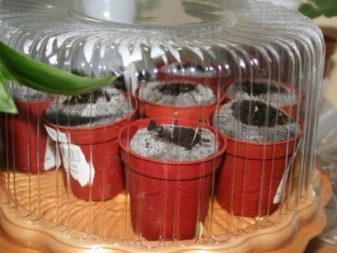
Cuttings
For this method, perennial shoots are selected, the length of which will be about 10 centimeters. There should also be foliage on the selected parts. After removal, the cuttings are kept in a growth stimulator, and then dipped into a container with water for further germination. The water in a glass or other container should be warm. Experience shows that arrowroot cuttings will take root in about 1.5-2 months. Then they can be rooted in soil consisting of peat and sand.
It is important for young crops to ensure regular watering.
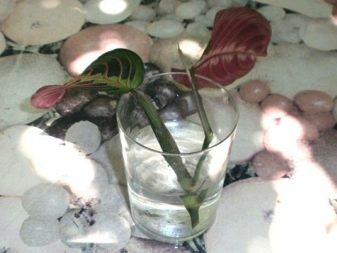
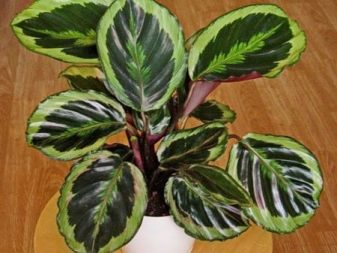
On aerial roots
Some flower growers prefer to propagate adult plants by obtaining a young culture from the stalks of withering leaves, on which roots appear. In the spring, buds and leaves are formed on such parts of the plant. The rosette is usually separated together with the green mass and aerial rhizome and rooted directly into the ground or germinated for some time in water. The seed propagation method for the arrowroot tricolor is used extremely rarely, since it will require quite a lot of time and work from the grower.
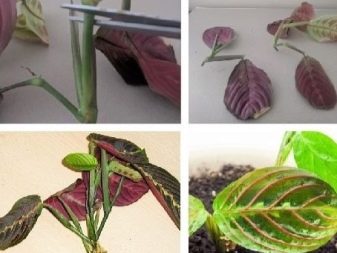

Diseases and pests
Among the dangerous insects for an indoor flower, it is worth highlighting several pests.
Spider mite
The insect poses the greatest threat to indoor culture. Usually, pest colonies settle on the back of the leaf, as a result of their vital activity, a whitish bloom and cobweb are formed on the plant. After a while, the foliage turns pale and falls off.
Control of air humidity is considered as a preventive measure to exclude the appearance of an insect pest.
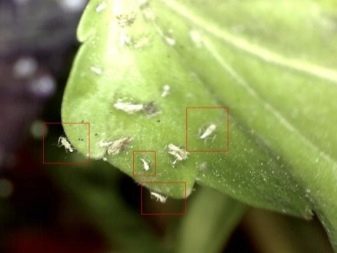
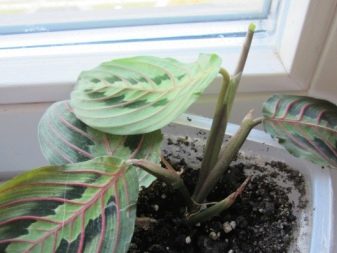
It is dry air that can cause the appearance of a tick. If an insect colony is found, the culture must be treated with store-bought insecticides. As an effective means of combating spider mites, it is worth highlighting "Fitoverm" or "Aktellik". As an alternative to chemical preparations for the destruction of the pest, you can use the method of spraying the crop with sulfur compounds. However, this should only be done outdoors.
Shield
It is possible to determine that the culture is inhabited by pests by the formation of brown spots on the stems and leaves of the culture, which will bulge on the surface. The insect harms the perennial, as a result of which the leaves of the flower dry and curl. As a folk remedy for getting rid of an insect pest, there will be a soap shower for a plant. For these purposes, only laundry soap is used. With a large number of insects on the flower, flower growers are advised to resort to the use of insecticides. In this case, the treatment of arrowroot is carried out with "Aktellik" or with another store-bought product having a similar composition.
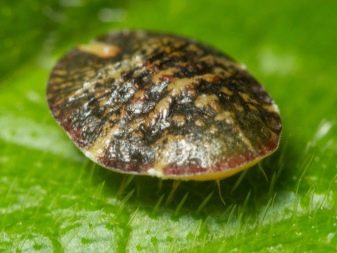
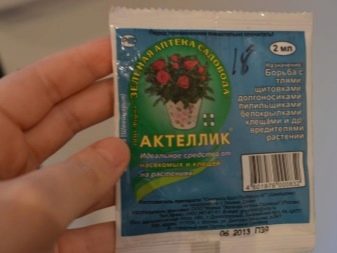
Mealybug
The insect causes the main harm to the leaf petioles. If a pest is found, it is worth treating the plant with soapy water to wash off the insects. Further, there will be repeated treatment of room culture with insecticides. As a result of errors regarding the care of the tricolor arrowroot, the culture may suffer from rhizome decay or leaf wilting.
However, the plant has a fairly strong immunity, therefore, as a rule, it does not suffer from serious bacterial or fungal ailments.
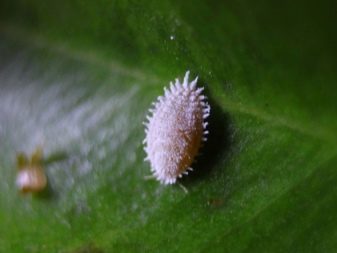
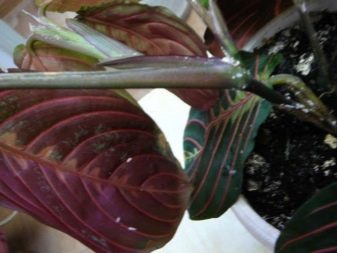
For helpful tips on planting and caring for arrowroot tricolor, see the video below.



























The comment was sent successfully.